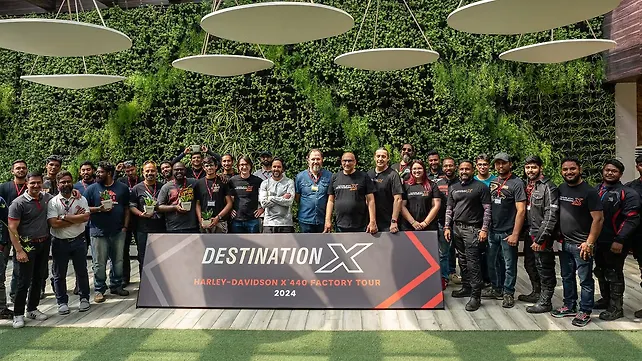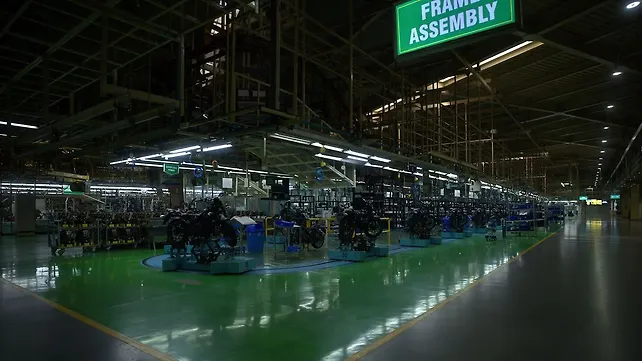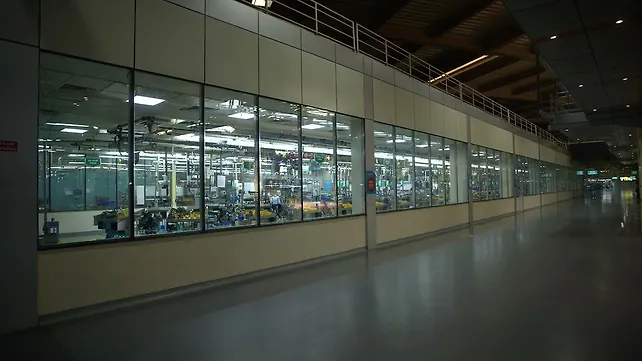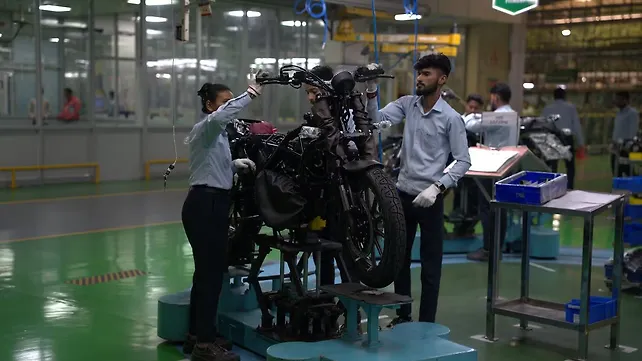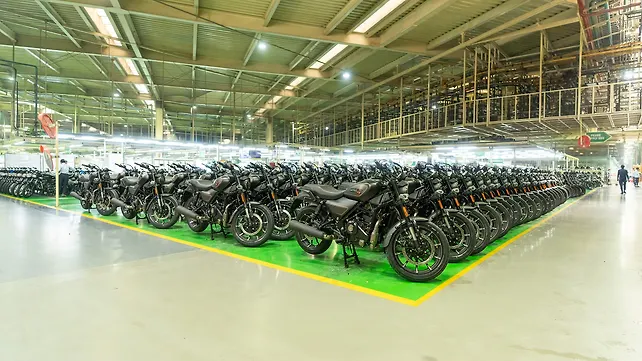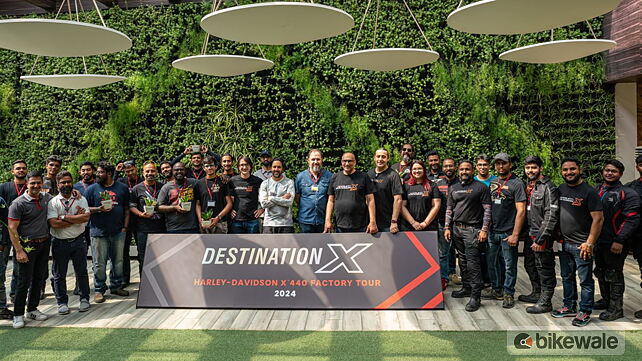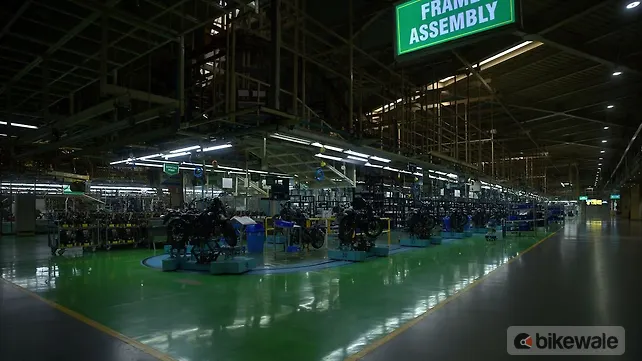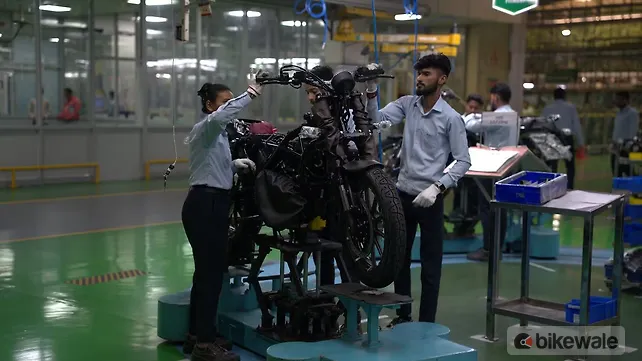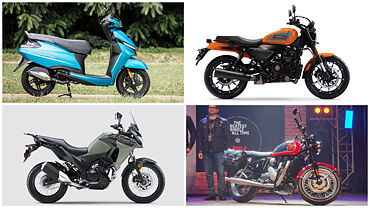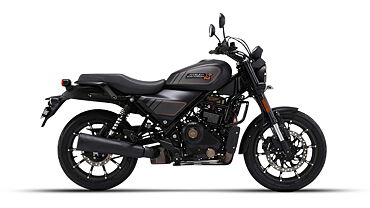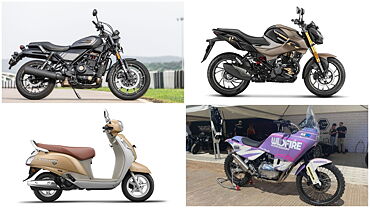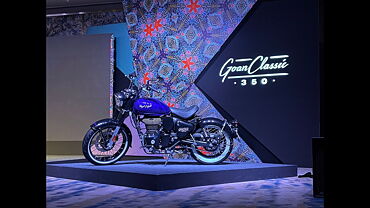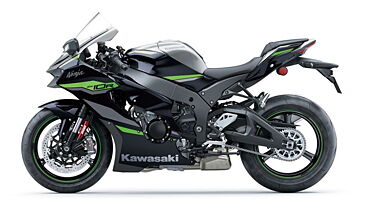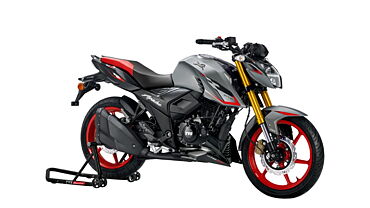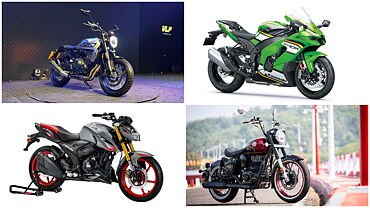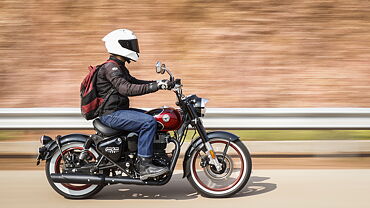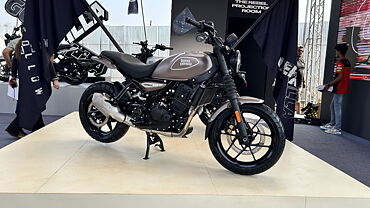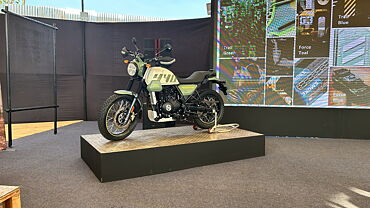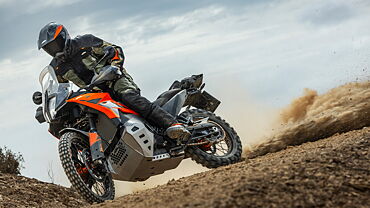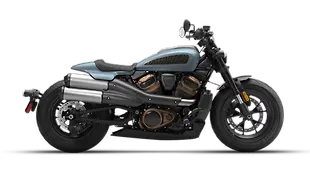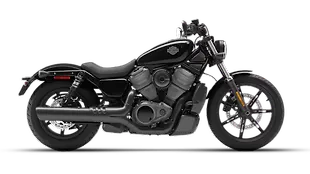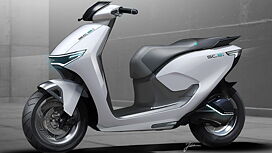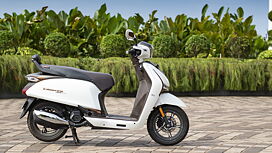Introduction

The X440 is the first motorcycle to come out of the grand collaboration between Hero MotoCorp and Harley-Davidson. While that itself makes it a product important enough for Hero to show us its manufacturing process, another reason is the infrastructure and design of the place where it’s built. The X440 is manufactured, or rather assembled, at Hero’s Neemrana Garden factory. Besides building motorcycles, the company carries out farming in innovative ways at the factory with the intention of negating their carbon footprint to a substantial extent. And since Hero MotoCorp wanted us to witness and experience it all first-hand, they invited us to their 47-acre Neemrana Garden factory.
Besides taking us up close to the fresh cherry tomatoes grown through hydroponic farming on the roof of the factory, a representative walked us through the entire process of how a total of 250 units of the X440 are built in the facility every day, starting from the engine assembly line, frame assembly line, and paint shop to the inspection stage and storage area.
Engine assembly line

Once the internal components of the engine are received from vendors, they are brought together through a process which involves 70 per cent automation and robotics with only 30 per cent human intervention. All the components are put together after going through 37 different stages, or dollies — as the factory officials call them, in the engine assembly line. These sections include tappet setting, flywheel fitment, cam chain fitment, timing setting, and many more.
Poka Yoke

Now, with 30 per cent human involvement arises the possibility of inadvertent errors. To avoid this, Hero has adopted a Japanese concept called ‘Poka Yoke’. The main principle of this system is to run an automated check for glitches during the installation of components. This is carried out after the completion of each of the 37 steps, before the assembly advances to the next level. The check is essentially executed to ensure all the necessary parts have been picked from the bin and nothing is forgotten. This concept is utilised in the frame assembly line as well.
Frame assembly line

Once the engine is built, it is moved to the frame assembly line where the engine and cycle parts are brought together in a total of 27 steps with a Poka Yoke module present between each of the two steps. The assembly starts with just the engine and the main frame followed by the fitment of other elements like suspension, brakes, wheels, etc. Here, a battery-operated torque wrench controls and ensures the appropriate tightening of components together. Interestingly, the engine parts are fully covered on this line to prevent them from any scratches and losing their finish.
Hero also has a separate section for making the fuel tank. It is a combination of two parts welded together that have gone through multiple stages of inspection. Before sending it to the assembly line, the technicians run a thorough check for wear and dry leaks by pumping in air, and for ensuring adhesiveness of the seam link between the top and bottom part.
Inspection

Despite the usage of Poka Yoke or the mistake-proofing mechanism, every unit of the X440 further goes through 225 manual and automated checkpoints, thereby leaving no room for faults. At the intermediate stage, every major and minor component is checked for fitment and damage through automation. This is followed by the final testing phase where the motorcycle is taken off the assembly to go through a rigorous manual inspection process. The final testing is executed in five stages. In the first two levels, the factory personnel check the safety aspects of the bike, such as the proper functioning of the brakes. This is followed by the third level comprising a performance test through a dynamometer and the fourth level ensuring the correct speedometer operation. The fifth level is all about checking the look and feel through a meticulous visual scan and touch.
Storage
Once the motorcycles are ready to leave the factory floor, they’re stored on a large metal contraption called Automated Storage and Retrieval System (ASSR). In simple words, it’s a massive, multi-storey rack with compartments to load motorcycles and retrieve them whenever needed. Mind you, just like most of the other sections of the plant, ASSR is also an automated system; the loading and retrieval are automatic. Also, the system is designed to allow users to locate specific units and retrieve them without disturbing the position of other units if needed. At a time, 1,500 units of the X440 can be stored on ASSR. And in case you’re wondering, it takes two hours for every unit of the X440 to reach from the first stage of production to the storage area.
Final word

Amidst the mechanical cacophony of metal clanking and wrenches rotating, I couldn’t stop admiring the organised manner in which the factory functions. The rapid pace of the skilful hands of the employees working their way through the meticulous tasks is respectable. To help them achieve that, the company provides 21 days of rigorous training to every employee before sending them to the field. Lest we forget, the brand’s attention and keenness towards sustainability make the Neemrana Garden Factory even more fascinating.
Gallery
1/5
Harley-Davidson X440 Front View
Double Tap to Zoom
